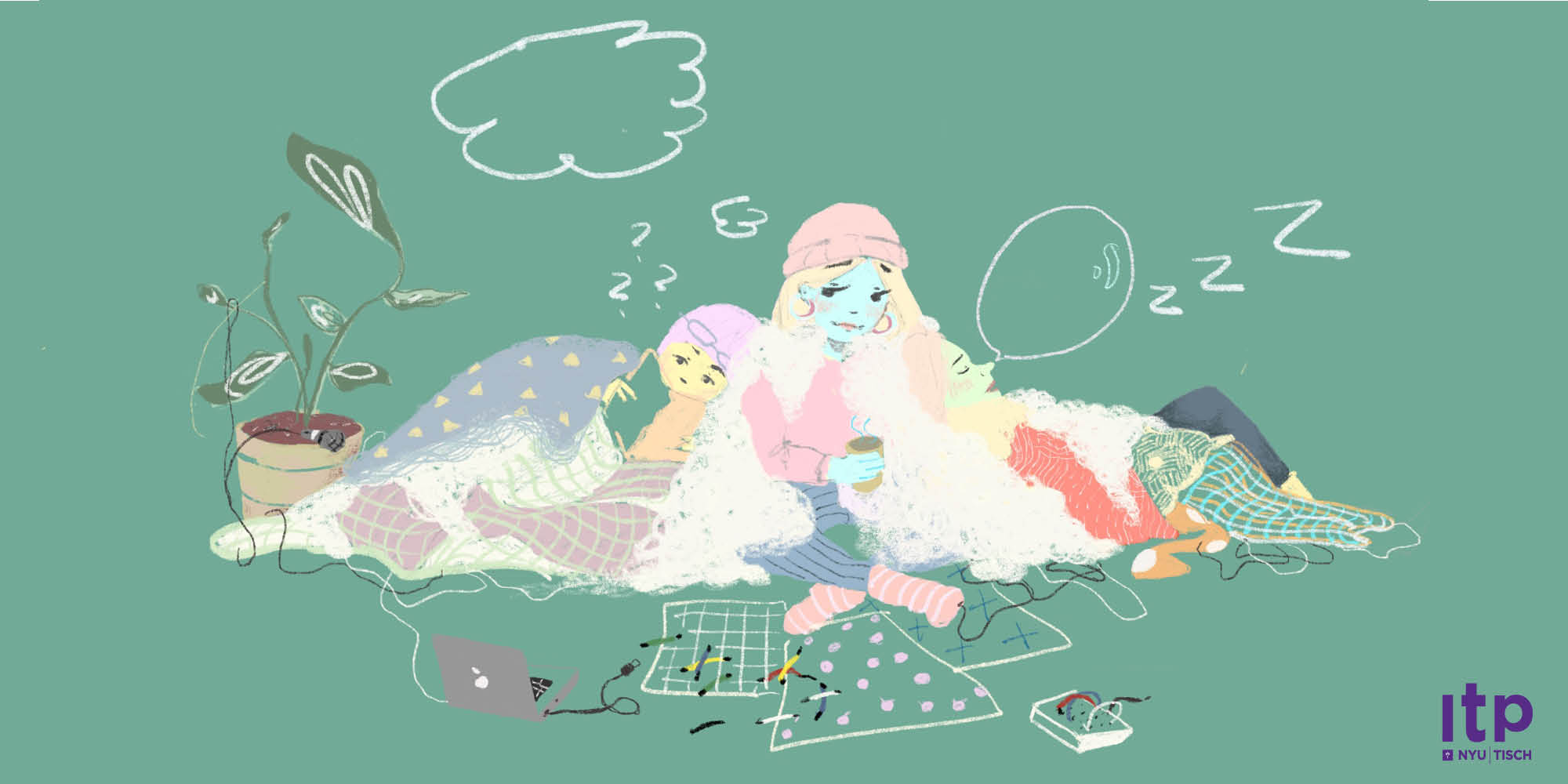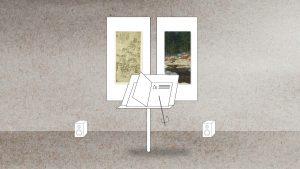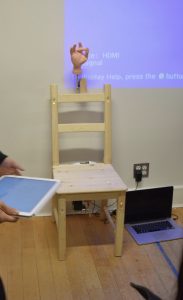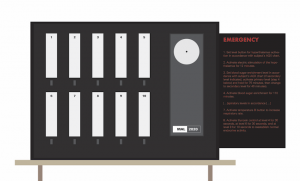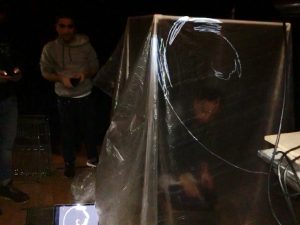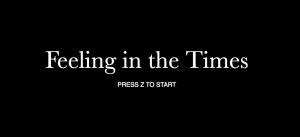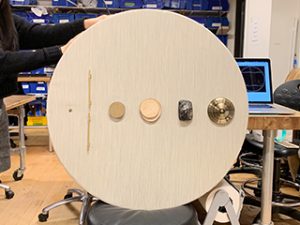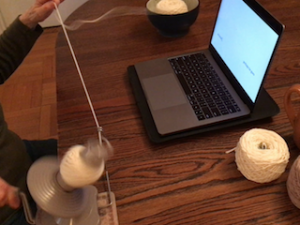Rachel Lim
A soft, small scale interactive reproduction of Jan Steen's painting, "As the Old Sing, So Pipe the Young"
Description
This project was inspired by Jan Steen's dynamic and humorous paintings and my desire to share my excitement about his works. The painting my project is referencing, “As the Old Sing, So Pipe the Young”, depicts a family raucously celebrating a baby's baptism and is punctuated with moralizing symbols and gestures that imply Steen meant to warn the viewer rather than invite them to copy the family's behavior.
As a small (size of printer paper), simplified soft reproduction, I intended to have this serve as a gentle and friendly introduction to Steen's work and 17th century Dutch paintings, which are abundant in historical motifs and symbolism. It will not be an extremely detailed as I feel accuracy may feel intimidating or too reminiscent of actual artworks at a museum. I'd like to keep it loose (the fabrics in the video are rough outlines!) and simple to keep it playful and create a more inviting appearance.
The symbols in this particular painting (a dog, a hat, a pipe, and a pot), are removed and act almost like puzzle pieces, which the user must correctly place within the painting. Once it is placed, supplementary text and audio on an iPad next to it will explain it's significance and provide context. Its setup is intended to mimic the way artworks are hung at museums/galleries, which have the work and informative text next to it. When all the pieces are put together, the figure at the center of the painting will raise her wine goblet and congratulatory text will appear on the iPad screen to signify that the painting has been completed.
Classes
Introduction to Physical Computing
